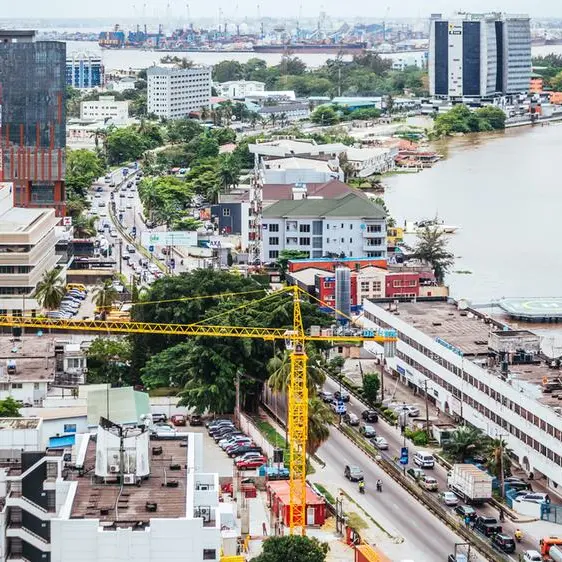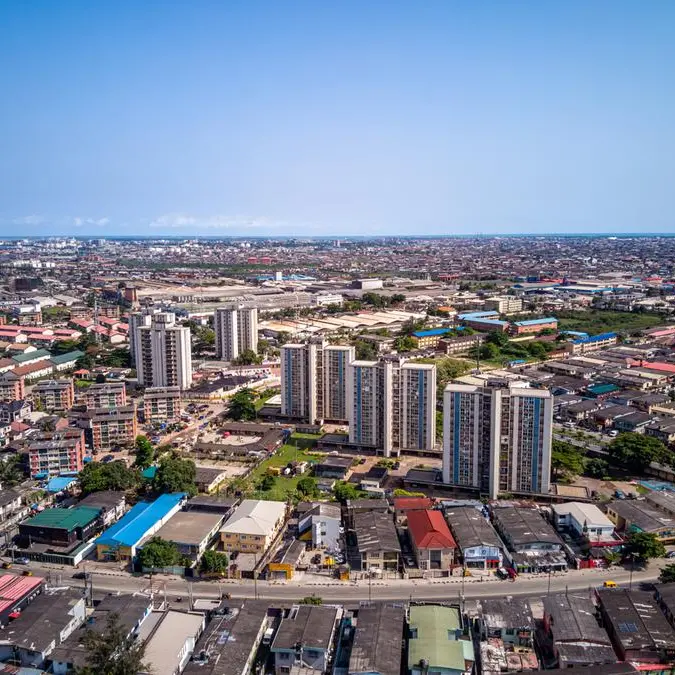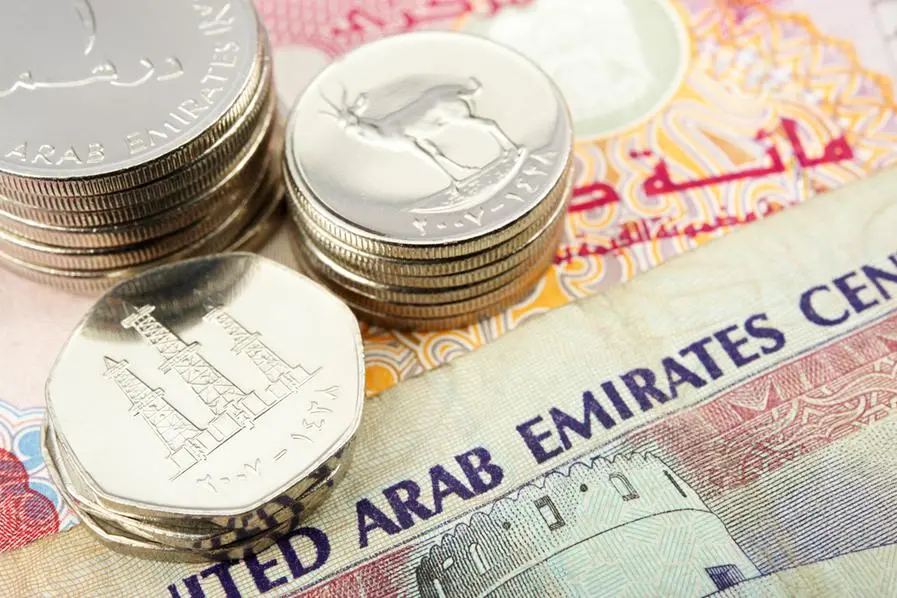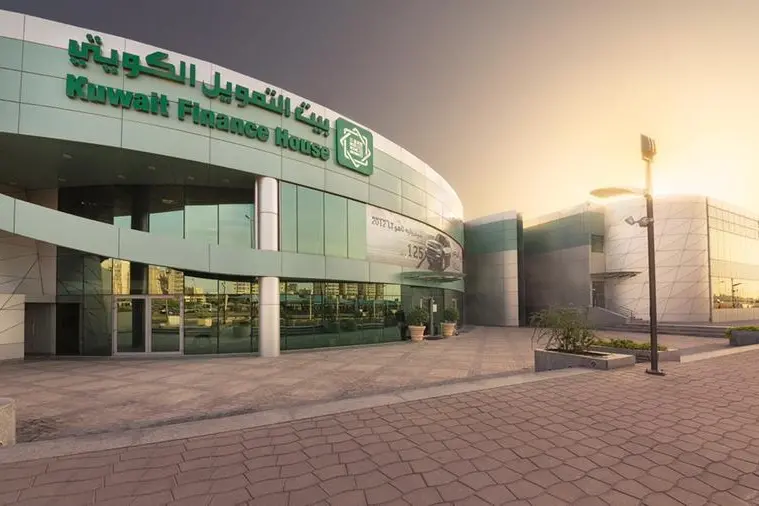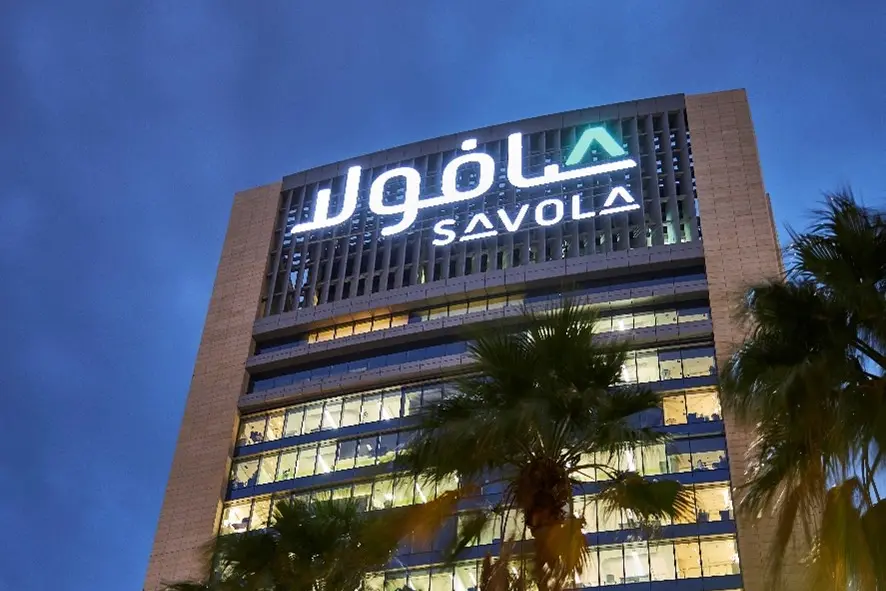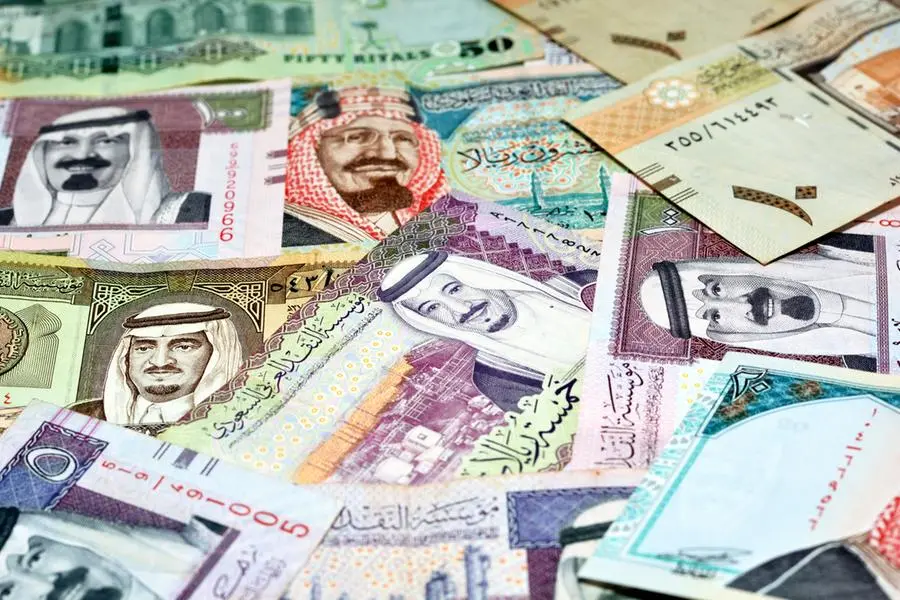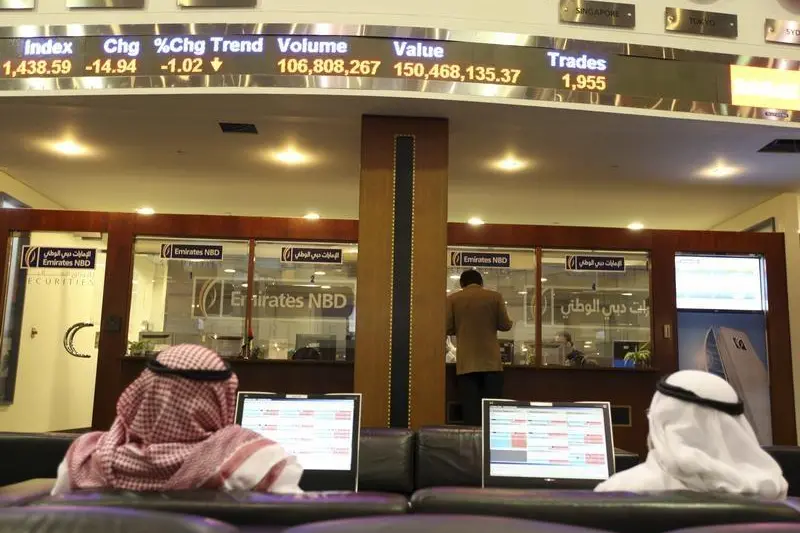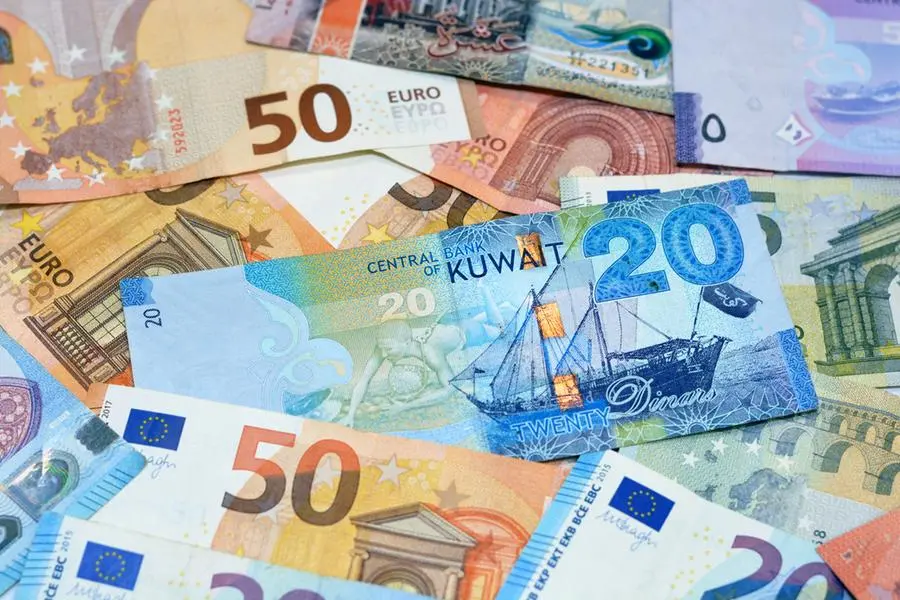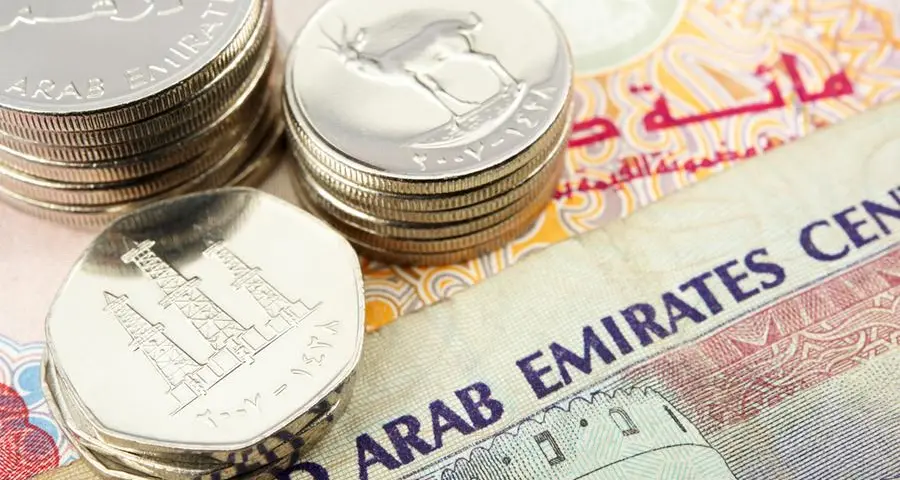PHOTO
Image used for illustrative purpose only. Leaflets lie on a table at a booth at a military veterans' job fair in Carson, California October 3, 2014.
MUSCAT: The sultanate aims to produce 80,000 jobs in the logistics sector by 2020 and increase the contribution of the sector to the GDP to about RO2bn.
This has been mentioned in a report submitted by H E Dr Ahmed bin Mohammed bin Salim al Futaisi, Minister of Transport and Communications to the Majlis A’Shura.
Majlis A’Shura on Sunday discussed the statement by H E Dr Futaisi, who presented the ministry’s statement during the 11th regular session of the third annual sitting (2017–18) of the eighth term (2015–19) under the chair of Khalid bin Hilal al Ma’awali, chairman of Majlis A’Shura.
The statement by H E Dr Futaisi discussed various aspects of transport and communications in the sultanate, including logistics, transport, aviation, ports and maritime affairs, telecommunications and post, and Oman Rail.
The statement also discussed themes related to following up on the implementation of projects, updating infrastructure for the sectors, financing them and setting up investments at such sectors, as well as the areas of institutional development.
In its first focus, the statement addressed the logistics sector, which is being relied on to drive the economic diversification as it links other sectors and as its success enhances the durability and sustainability of the sultanate’s economy. This trend illustrates the government’s efforts represented by the Ministry of Transport and Communications (MoTC) to formulate the national logistics strategy 2040 and establish the Oman Logistics Centre to oversee the implementation of the strategy and the establishment of the Oman Global Logistics Group (ASYAD) in June 2016 and the Oman Aviation Group in June 2017.
Further, the statement referred to the conclusion of the logistics sector lab within the National Programme for Enhancing Economic Diversification (Tanfeedh). The laboratory produced 16 initiatives assigned to MoTC with the aim of increasing the contribution of the sector to the GDP to about RO2bn, as well as create 80,000 jobs in the logistics sector by 2020.
The second theme of the statement discussed the road projects implemented by the ministry.
The length of the asphalt road network, which was supervised by the ministry until the end of 2017, reached 14,840km while the length of the unpaved roads reached 17,281km.
The statement pointed out that the ministry attaches great importance to the quality management system and the road management system, which contributes to the development of the national economy by saving the cost of road users, such as fuel consumption, vehicle maintenance and time factor, as well as reducing the cost of maintenance of the current unpaved road network after converting them to asphalt roads.
The third theme focused on the ports and maritime affairs sector.
The ministry aims to achieve a number of objectives during the Ninth Five-Year Plan (2016-20). The most important of these are the expansion of the sea ports through the improvement and development of equipment, the establishment and deepening of berths, the introduction of the necessary basic services, and studying future avenues of maritime transport, in addition to enhancing investment at free zones.
The fourth theme reviewed the general features of the airport projects and the rate of completion of the works.
The ministry started to rebuild the infrastructure of airports in the sultanate, which included the establishment of the Muscat International Airport and Salalah Airport, as well as regional airports in Ras al Hadd, Duqm and Sohar.
H E Dr Futaisi pointed out that the penetration rate of mobile services reached 155.87 per cent at the population level, with a prevalence of 7,136,173mn subscribers, fixed telecommunications to about 82.99 per cent in the housing level.
The penetration rate of mobile broadband service was also high (3G and above) 95 per cent of the total population while the percentage of broadband through fibre optic reached 22 per cent in various governorates of the sultanate. Forty-four per cent of the total housing was covered in the Governorate of Muscat alone. The number of users of the fibre optic network provided by Oman Broadband Company reached 40,000 active users.
The Ministry of Transport and Communications said that Oman Railway is currently studying the planning and development of a local railway known as the ‘Metal Line’.
© Apex Press and Publishing Provided by SyndiGate Media Inc. (Syndigate.info).

